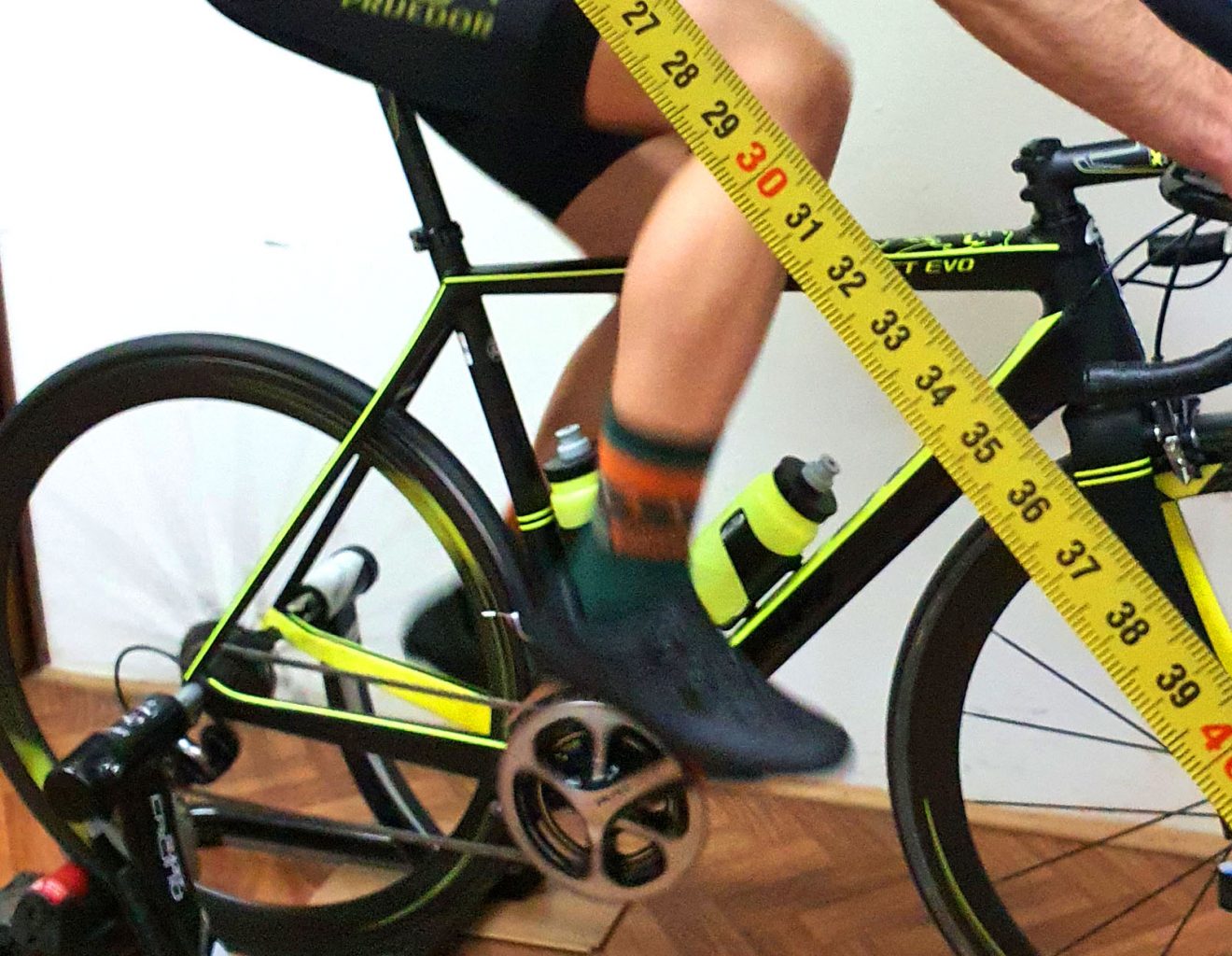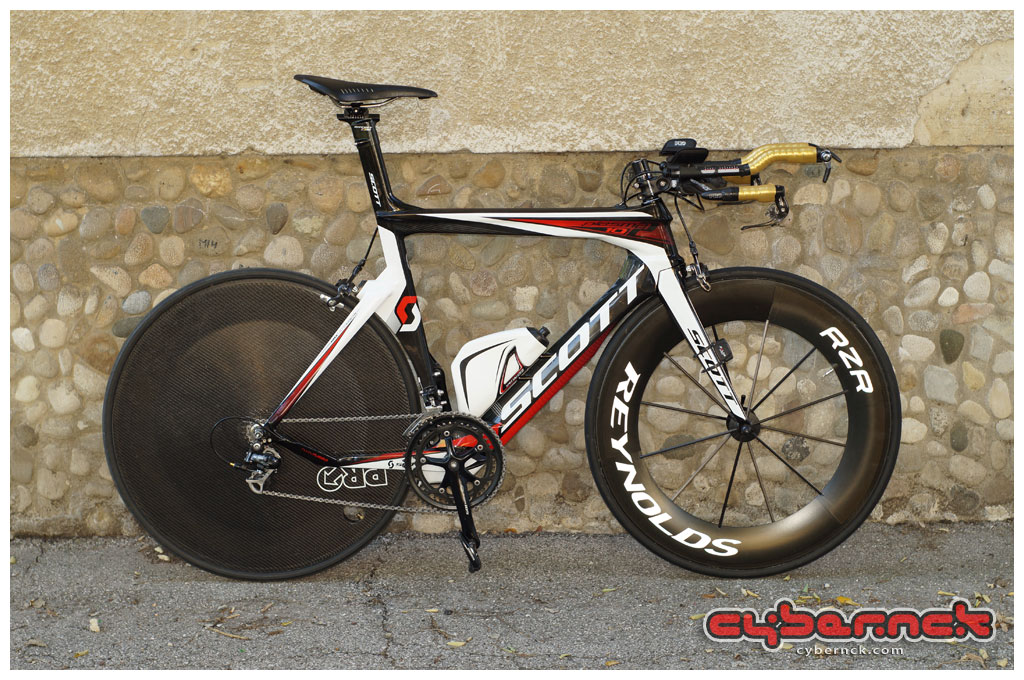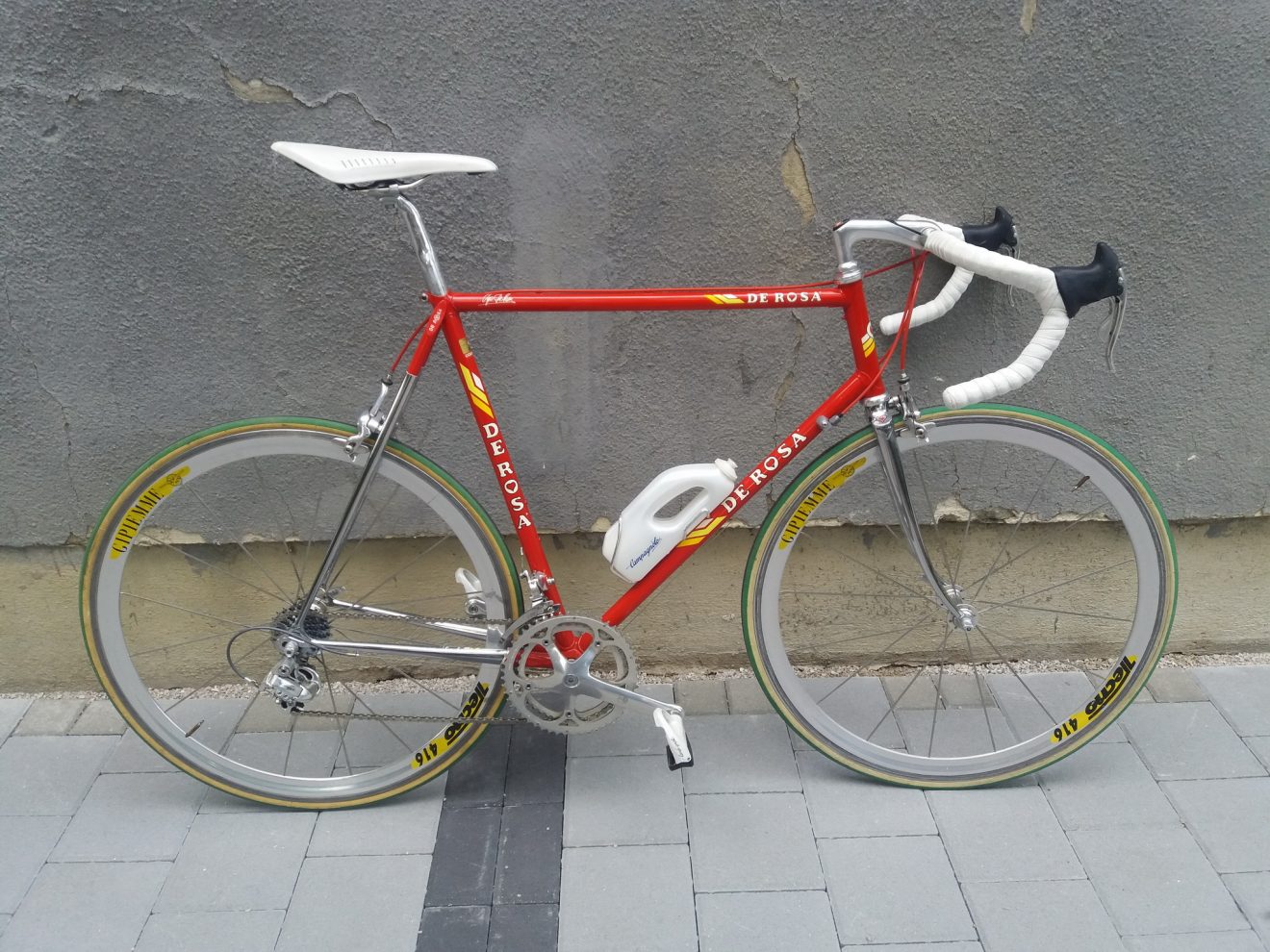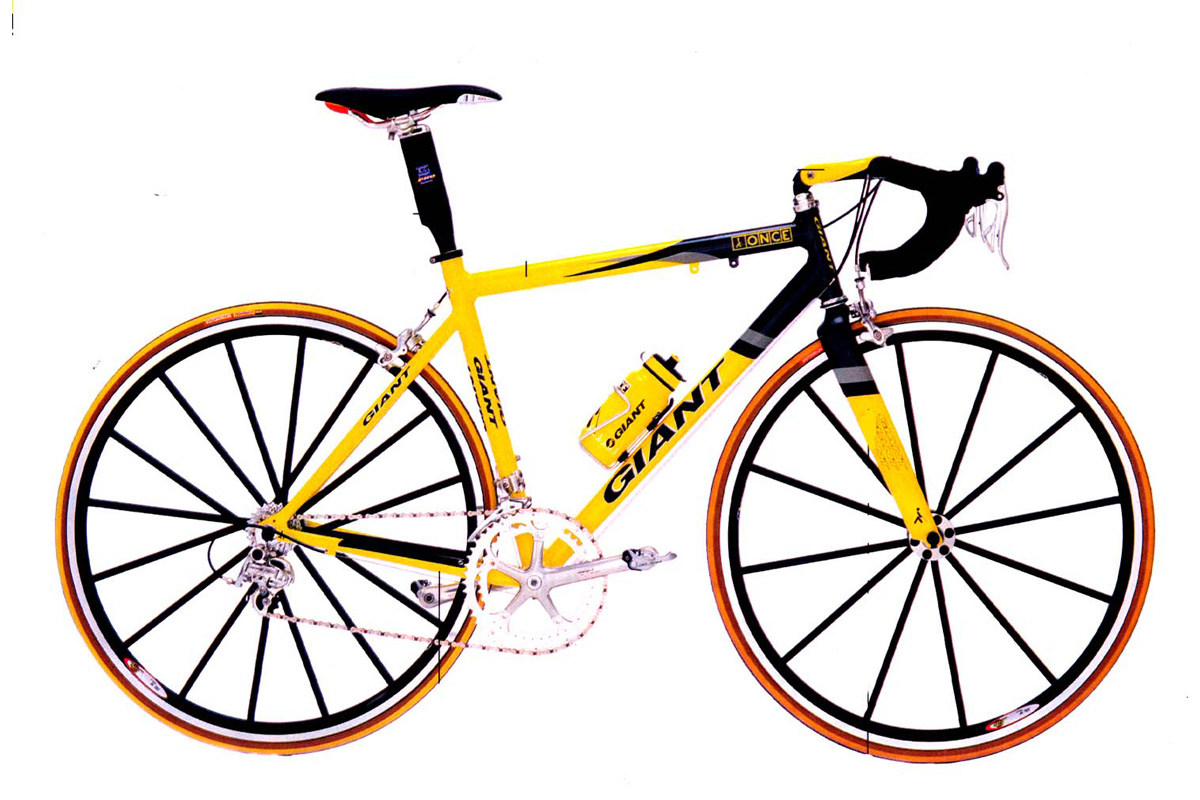We continue the extensive topic of bike fitting by focusing on something that represents the basis of everything, including the purchase of the bike itself. So, lo and behold – we are looking for the ideal frame size!
“Please, just shorten it a little bit”
In the days of hand-made frames, it was possible to get a frame that perfectly suited your body proportions and riding style, but in today’s time of mass production of frames with complex construction, we are forced to use one of the predefined frame sizes as a basis. Of course, there are still small-batch manufacturers out there, but that topic is largely out of reach for most readers of this blog.
If you want a suit that fits you perfectly, you’ll go to a tailor to have something tailored just for you. However, in most cases, one of the standard sizes will be satisfactory as a basis, which you will correct in certain segments if necessary. It’s the same thing with adjusting the position on the bike – the person who deals with it is like the aforementioned tailor.

As with clothing, in the world of bicycles, i.e. bike frames, there are categorized sizes, which, again like clothing, can vary drastically between manufacturers and the purpose of bikes in general. But unlike buying clothes, where you might spend a lot of time in front of the mirror trying to decide what size to buy – most newbies to cycling are either unfamiliar with the concept and importance of bike size or don’t give it much thought at first.
Namely, a frequent case when purchasing a bicycle, especially in poorer markets, is that the buyer will primarily look for something that fits into a certain budget or to satisfy some other criteria, such as the level of equipment or color. Or maybe they won’t have much choice at a given moment and so they will buy practically “anything” and think about it later – when it’s too late.
Perhaps an even more graphic comparison is with shoes – if you take shoes a size or even two sizes smaller or larger than you need – no matter how beautiful, affordable or high-quality they are – it will not compensate for the fact that you will not be able to use them for more than a few steps, nor you will be able to adjust them or “get used” to them.
Frame sizes
Therefore, it is of crucial importance that the size of the bike (the size of the frame, that is) is appropriate for you. Of course, like any other component, the frame can be replaced, but unlike replacing a saddle or wheels, it represents a significant investment and requires a lot of work and it is questionable whether all other components will be suitable anyway.
That’s why it’s a good idea to educate yourself on the size of bike you need *prior* to purchasing one, to avoid a potentially expensive mistake. As I stated earlier, sizes are not universally defined and directly comparable between manufacturers and the required size may vary between two different models of the same manufacturer, due to the specific purpose and characteristics of a given bike (e.g. race or endurance model).

Thus, one manufacturer will write that the frame size is 56 cm, referring to the length of the seat tube to the middle of the connection with the top tube, while another manufacturer will measure the length to the top of seat tube. The third one will be base their measurements on the length of the top tube, the fourth one will state the size as some virtual calculated dimension, while the fifth and sixth will only use a letter designation like “L”, which does not represent a standardized and mutually comparable size at all. And even if all manufacturers used an identical way to measure the size, it doesn’t mean much to us for selecting the size and adjusting the position without knowing *all* the dimensions of the bike.
So, regardless of all the nomenclature, markings and recommendations – without knowing the specific dimensions of the frame, you will be completely in the dark when it comes to choosing the size of the bike, especially if you already have defined ideal dimensions that you want to transfer from the old bike to the new one.
That’s why we need to learn about:
Frame geometry
You may be reminded of unpleasant math lessons in elementary school, but luckily, this topic is not that complex. Namely, a number of different measures such as the length of the seat tube, head tube, top tube, angles of the aforementioned tubes, wheelbase, etc. defines the geometry of the frame – and vice versa.
As I mentioned earlier, bicycles for different purposes have different frame proportions, that is, different geometry. In practice, this means that an endurance bike compared to a race bike of the same size will be significantly taller at the front while at the same time a little bit shorter in length and with more relaxed tube angles, while a time trial bike will be lower and more compact. A gravel bike will have even more relaxed angles, while a cyclocross bike will be extremely compact, although at first glance it looks like a gravel bike. MTB is a completely different story and varies even more among different types of bikes.

Nowadays, every manufacturer provides a scale for choosing the size of the bike based on your height, to go with the description of the bike on their website. Given that your height includes everything above your shoulders, which does not affect the position on the bike, while at the same time ignores the other proportions of your body, which directly affect the position – it can also happen that you get an unsuitable bike using this method, especially if you are right in-between two sizes.
If you’ve ever at all been interested in this topic, then you’ve probably noticed the size and geometry tables that manufacturers display on their websites. Since there is a lot of information in those tables, it is probably not clear to you what you need to pay attention to. Therefore, in order to be able to understand the correlation of all elements, we have to take a look into the history and development of bicycles.
Geometry through the ages
If we look at chrome molybdenum (or steel) road bikes from 35-40 years ago, then recreational cycling hasn’t had even 3% of today’s popularity and all racing bikes were hand built. Given that the bikes had a flat top tube, that is, that tube was completely parallel to the ground – the geometry was much simpler, because the length of the front tube was directly related to the length of the seat tube. Thus, based on certain formulas and cyclists’ body proportions, it was easy to determine which frame height and length to choose.
Seatposts were quite short and the height of the frame was chosen so that the cyclist would have ten centimeters of space between the top tube and his “jewels”, e.g. to have sufficient standover height. Furthermore, the length of the frame was chosen based on the length of the torso and upper limbs of the cyclist.

For instance, someone tall and with longer legs (relative to the length of the body), would take a frame that is taller than it is long, like 58×56 cm, while someone a little bit more proportional – and if they wanted an aggressive position – would take a bike that is lower and longer. The length was additionally corrected by the length of the stem, which was also very easy to adjust in height.
However, with the advent of aluminum frames and the arrival of some innovative designers, such as Mike Burrows, we got bikes with “sloping” top tubes and longer seatposts, the most notable example of which was the Giant TCR of the ONCE professional cycling team.

This is a design that is now the de facto standard for almost all road and mountain bikes, except time trial bikes.
And… what can we conclude from that? The first conclusion is that the length of the seat tube is completely irrelevant, because it is effectively very easily corrected by the length and extension of the seatpost. Another conclusion is that the length of the seat tube no longer has any correlation with the length of the head tube. And the third conclusion is that the absolute length of the top tube doesn’t mean anything to us any longer, because it represents a hypotenuse of a triangle, while we need to know the virtual length of the top tube as if it was parallel to the ground, measured between the centers of the seat tube and head tube joints.
Summa summarum
Therefore, the virtual length of the top tube (marked as C at the geometry diagram above) represents the former measurement of the length of the frame and this is the basic information that we need to know in order to figure out whether a particular bike will potentially suit us or not, while using stem that it’s in a normal length range. In addition, the length of the head tube (marked as B on the diagram) is also very important, so that we can conclude whether the position will be too aggressive or excessively high for the desired position.
Other parameters (such as seat tube and head tube angles, wheelbase, etc.) will not affect the position as much, but will affect the characteristics of the bike. These are some parameters that cannot be chosen arbitrarily, but are linked by the manufacturer to the purpose of the bicycle and to the specific size of the frame, so we will not deal with them separately on this occasion.
Once we’ve started with the right bike size, we can talk more specifically about adjusting the position. Subscribe to the newsletter if you want to be notified of future articles on this topic.
